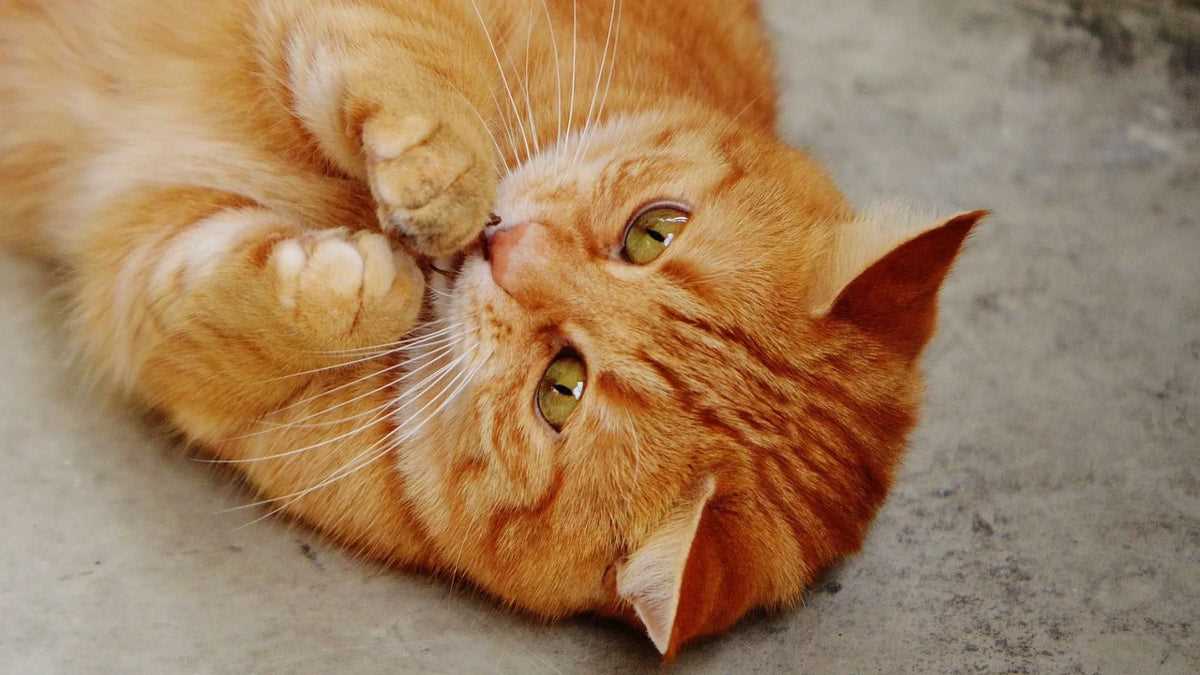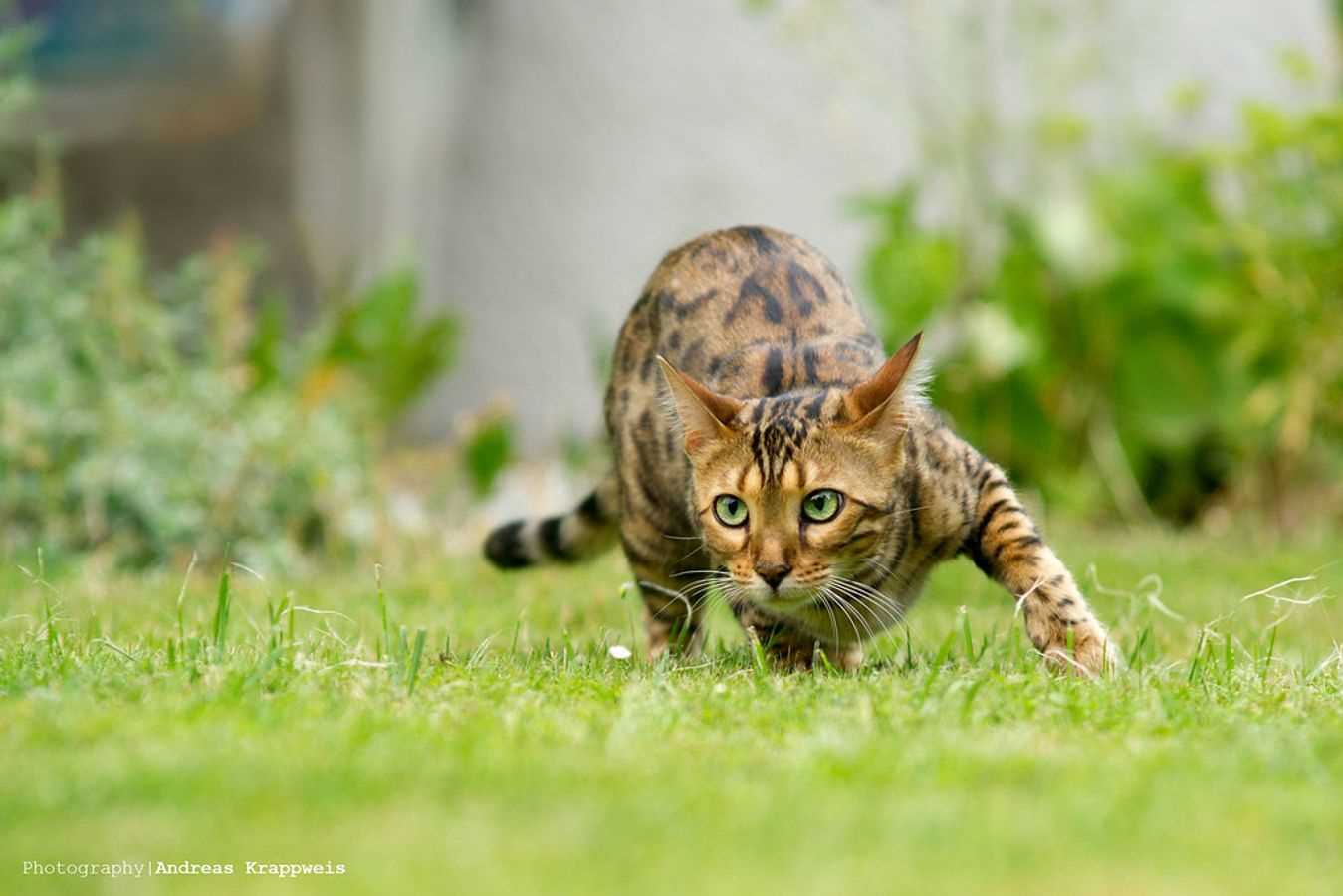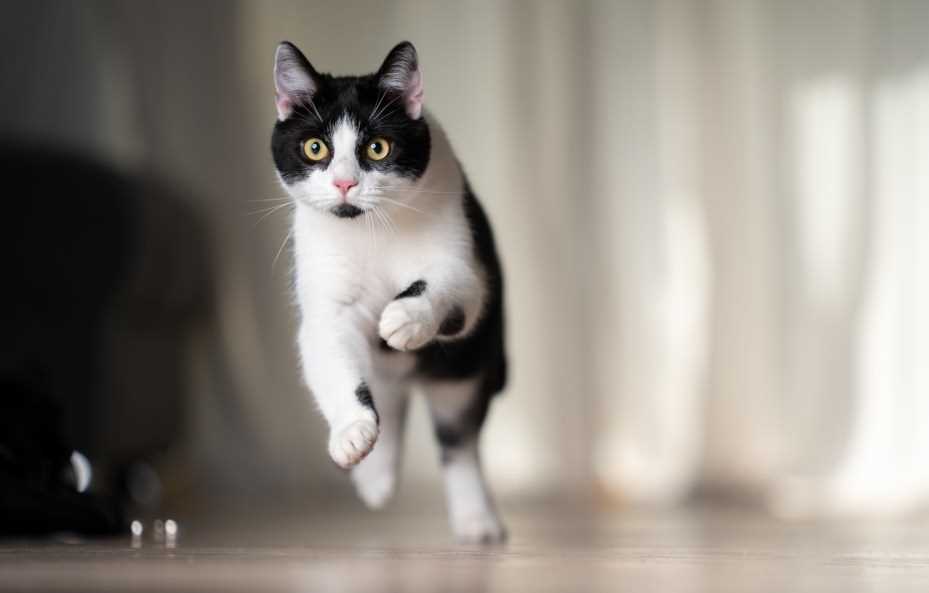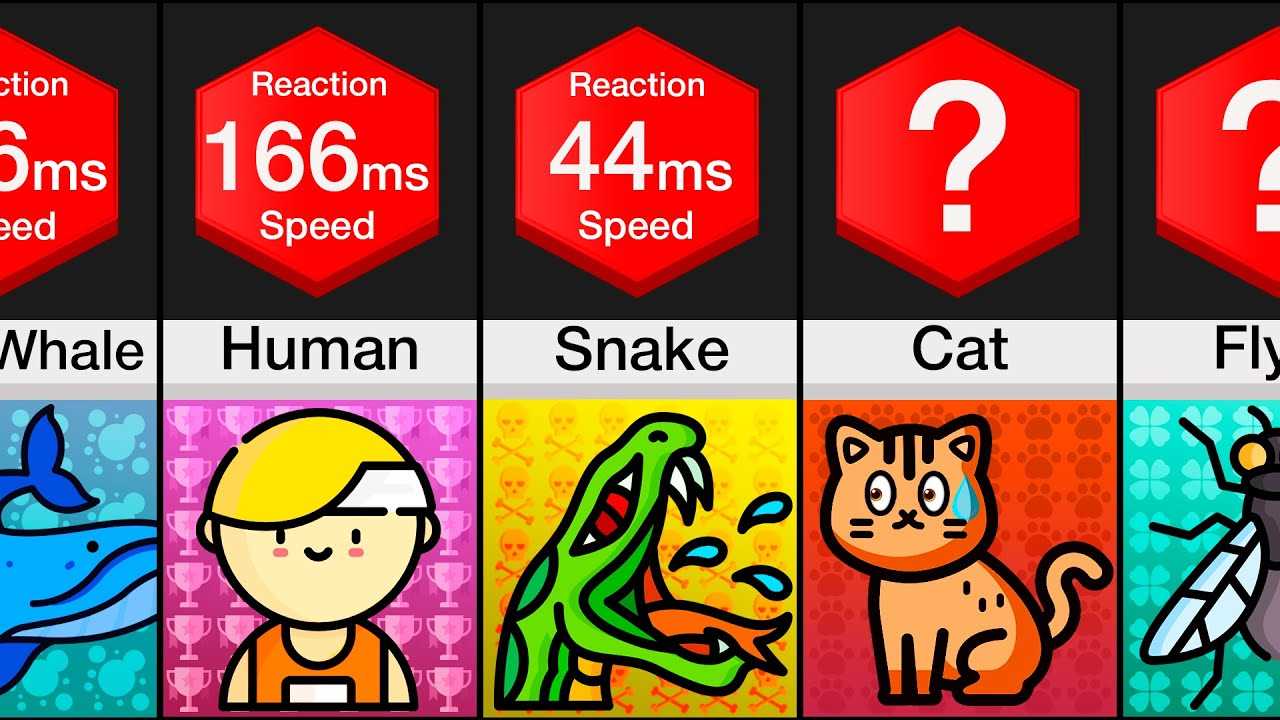When a dot from a laser pointer zips across the floor, my response is nearly instantaneous–around 20 to 70 milliseconds. That’s quicker than a blink! With my keen senses, I can spot movement and react faster than most humans can even think.
On average, a feline’s agility allows for impressive maneuvers, making me a natural at catching prey. Did you know that my body is designed for swift actions? My muscles and nervous system work in tandem, ensuring I can jump and pounce with remarkable precision.
To enhance your own pet’s agility, engage them with interactive toys. Regular playtime not only boosts their physical prowess but also sharpens their instincts. You’ll be amazed at how quickly they adapt and respond to challenges.
How Quick is a Feline’s Reflexes?

My abilities to respond to stimuli can be measured at approximately 20 to 70 milliseconds. This incredible quickness allows me to chase after moving objects or evade potential threats almost instantaneously. In comparison, human reflexes average around 200 milliseconds. This means I have a significant advantage when it comes to agility and evasion!
In practice, this means I can react to a toy being tossed or a sudden movement from my human in the blink of an eye. The muscles in my body are finely tuned for rapid response, making me an expert hunter, even in playful scenarios. You might see me pounce on a feather or dart away from a loud noise without a moment’s hesitation!
For those curious about enhancing their own pet’s agility, engaging them in play with interactive toys is beneficial. Activities that require quick movements, like laser pointers or feather wands, can help maintain and even improve their swiftness. Regular exercise not only keeps us fit but also sharpens our quickness over time!
So, if you ever wonder about my speed, just remember: I’m built for quick reactions, making me the perfect little predator in your home!
Understanding the Factors Influencing Feline Agility

The speed at which I can respond is influenced by several key elements. First, physical condition plays a significant role. Regular exercise keeps my muscles toned and reflexes sharp. Engaging in play, such as chasing toys, enhances my agility and quickness.
Nutrition also affects performance. A balanced diet rich in proteins and essential nutrients supports overall health. For example, I may be curious about whether cats can eat jackfruit, as it could provide new flavors and nutrients. However, it’s essential to ensure that any new food doesn’t interfere with my diet.
Age and Genetics

Age is another factor; younger felines tend to have quicker responses than older companions. Genetics also play a part in determining how agile I can be, as some breeds are naturally more spry than others.
Environmental factors, such as distractions or hazards, can impact my ability to react swiftly. For instance, if I sense a sudden movement, my instinct kicks in. However, if I’m tired or not feeling well, my response may be slower. Additionally, health issues can significantly affect my agility. If I experience problems like ear mites, I might need to consider how much to treat ear mites in cats, as discomfort can hinder my reflexes.
Comparing Cat Reaction Times to Other Animals

My fellow felines exhibit impressive reflexes, but how do we stack up against other species? For instance, dogs can respond within 30 to 50 milliseconds, which is quicker than many humans but slower than us. We often react in about 20 milliseconds, making us more agile in certain situations.
Birds, particularly raptors like hawks and eagles, showcase remarkable speed in their responses, often clocking in under 15 milliseconds. Their keen eyesight allows them to make split-second decisions while in flight, giving them an edge in the wild.
On the other paw, rodents, while quick, typically have slower responses than us. For example, mice react in about 40 to 80 milliseconds. This slower speed can be attributed to their smaller size and different evolutionary pressures compared to predators like me.
Humans, meanwhile, have an average response span of around 200 milliseconds. This substantial difference highlights how our instincts have been honed for survival, enabling us to swiftly evade danger or pounce on prey.
When it comes to reptiles, like the chameleon, their slower reflexes can reach up to 300 milliseconds. This lag is due to their unique hunting style, relying on camouflage rather than speed.
In summary, while I may be one of the fastest in the animal kingdom, various creatures exhibit their own unique speeds and skills. Each species has adapted its response time based on environmental demands, showcasing the diverse strategies of survival in the animal world.
When a dot from a laser pointer zips across the floor, my response is nearly instantaneous–around 20 to 70 milliseconds. That’s quicker than a blink! With my keen senses, I can spot movement and react faster than most humans can even think.
On average, a feline’s agility allows for impressive maneuvers, making me a natural at catching prey. Did you know that my body is designed for swift actions? My muscles and nervous system work in tandem, ensuring I can jump and pounce with remarkable precision.
To enhance your own pet’s agility, engage them with interactive toys. Regular playtime not only boosts their physical prowess but also sharpens their instincts. You’ll be amazed at how quickly they adapt and respond to challenges.
How Quick is a Feline’s Reflexes?

My abilities to respond to stimuli can be measured at approximately 20 to 70 milliseconds. This incredible quickness allows me to chase after moving objects or evade potential threats almost instantaneously. In comparison, human reflexes average around 200 milliseconds. This means I have a significant advantage when it comes to agility and evasion!
In practice, this means I can react to a toy being tossed or a sudden movement from my human in the blink of an eye. The muscles in my body are finely tuned for rapid response, making me an expert hunter, even in playful scenarios. You might see me pounce on a feather or dart away from a loud noise without a moment’s hesitation!
For those curious about enhancing their own pet’s agility, engaging them in play with interactive toys is beneficial. Activities that require quick movements, like laser pointers or feather wands, can help maintain and even improve their swiftness. Regular exercise not only keeps us fit but also sharpens our quickness over time!
So, if you ever wonder about my speed, just remember: I’m built for quick reactions, making me the perfect little predator in your home!
Understanding the Factors Influencing Feline Agility

The speed at which I can respond is influenced by several key elements. First, physical condition plays a significant role. Regular exercise keeps my muscles toned and reflexes sharp. Engaging in play, such as chasing toys, enhances my agility and quickness.
Nutrition also affects performance. A balanced diet rich in proteins and essential nutrients supports overall health. For example, I may be curious about whether cats can eat jackfruit, as it could provide new flavors and nutrients. However, it’s essential to ensure that any new food doesn’t interfere with my diet.
Age and Genetics

Age is another factor; younger felines tend to have quicker responses than older companions. Genetics also play a part in determining how agile I can be, as some breeds are naturally more spry than others.
Environmental factors, such as distractions or hazards, can impact my ability to react swiftly. For instance, if I sense a sudden movement, my instinct kicks in. However, if I’m tired or not feeling well, my response may be slower. Additionally, health issues can significantly affect my agility. If I experience problems like ear mites, I might need to consider how much to treat ear mites in cats, as discomfort can hinder my reflexes.
Comparing Cat Reaction Times to Other Animals

My fellow felines exhibit impressive reflexes, but how do we stack up against other species? For instance, dogs can respond within 30 to 50 milliseconds, which is quicker than many humans but slower than us. We often react in about 20 milliseconds, making us more agile in certain situations.
Birds, particularly raptors like hawks and eagles, showcase remarkable speed in their responses, often clocking in under 15 milliseconds. Their keen eyesight allows them to make split-second decisions while in flight, giving them an edge in the wild.
On the other paw, rodents, while quick, typically have slower responses than us. For example, mice react in about 40 to 80 milliseconds. This slower speed can be attributed to their smaller size and different evolutionary pressures compared to predators like me.
Humans, meanwhile, have an average response span of around 200 milliseconds. This substantial difference highlights how our instincts have been honed for survival, enabling us to swiftly evade danger or pounce on prey.
When it comes to reptiles, like the chameleon, their slower reflexes can reach up to 300 milliseconds. This lag is due to their unique hunting style, relying on camouflage rather than speed.
In summary, while I may be one of the fastest in the animal kingdom, various creatures exhibit their own unique speeds and skills. Each species has adapted its response time based on environmental demands, showcasing the diverse strategies of survival in the animal world.
When a dot from a laser pointer zips across the floor, my response is nearly instantaneous–around 20 to 70 milliseconds. That’s quicker than a blink! With my keen senses, I can spot movement and react faster than most humans can even think.
On average, a feline’s agility allows for impressive maneuvers, making me a natural at catching prey. Did you know that my body is designed for swift actions? My muscles and nervous system work in tandem, ensuring I can jump and pounce with remarkable precision.
To enhance your own pet’s agility, engage them with interactive toys. Regular playtime not only boosts their physical prowess but also sharpens their instincts. You’ll be amazed at how quickly they adapt and respond to challenges.
How Quick is a Feline’s Reflexes?

My abilities to respond to stimuli can be measured at approximately 20 to 70 milliseconds. This incredible quickness allows me to chase after moving objects or evade potential threats almost instantaneously. In comparison, human reflexes average around 200 milliseconds. This means I have a significant advantage when it comes to agility and evasion!
In practice, this means I can react to a toy being tossed or a sudden movement from my human in the blink of an eye. The muscles in my body are finely tuned for rapid response, making me an expert hunter, even in playful scenarios. You might see me pounce on a feather or dart away from a loud noise without a moment’s hesitation!
For those curious about enhancing their own pet’s agility, engaging them in play with interactive toys is beneficial. Activities that require quick movements, like laser pointers or feather wands, can help maintain and even improve their swiftness. Regular exercise not only keeps us fit but also sharpens our quickness over time!
So, if you ever wonder about my speed, just remember: I’m built for quick reactions, making me the perfect little predator in your home!
Understanding the Factors Influencing Feline Agility

The speed at which I can respond is influenced by several key elements. First, physical condition plays a significant role. Regular exercise keeps my muscles toned and reflexes sharp. Engaging in play, such as chasing toys, enhances my agility and quickness.
Nutrition also affects performance. A balanced diet rich in proteins and essential nutrients supports overall health. For example, I may be curious about whether cats can eat jackfruit, as it could provide new flavors and nutrients. However, it’s essential to ensure that any new food doesn’t interfere with my diet.
Age and Genetics

Age is another factor; younger felines tend to have quicker responses than older companions. Genetics also play a part in determining how agile I can be, as some breeds are naturally more spry than others.
Environmental factors, such as distractions or hazards, can impact my ability to react swiftly. For instance, if I sense a sudden movement, my instinct kicks in. However, if I’m tired or not feeling well, my response may be slower. Additionally, health issues can significantly affect my agility. If I experience problems like ear mites, I might need to consider how much to treat ear mites in cats, as discomfort can hinder my reflexes.
Comparing Cat Reaction Times to Other Animals

My fellow felines exhibit impressive reflexes, but how do we stack up against other species? For instance, dogs can respond within 30 to 50 milliseconds, which is quicker than many humans but slower than us. We often react in about 20 milliseconds, making us more agile in certain situations.
Birds, particularly raptors like hawks and eagles, showcase remarkable speed in their responses, often clocking in under 15 milliseconds. Their keen eyesight allows them to make split-second decisions while in flight, giving them an edge in the wild.
On the other paw, rodents, while quick, typically have slower responses than us. For example, mice react in about 40 to 80 milliseconds. This slower speed can be attributed to their smaller size and different evolutionary pressures compared to predators like me.
Humans, meanwhile, have an average response span of around 200 milliseconds. This substantial difference highlights how our instincts have been honed for survival, enabling us to swiftly evade danger or pounce on prey.
When it comes to reptiles, like the chameleon, their slower reflexes can reach up to 300 milliseconds. This lag is due to their unique hunting style, relying on camouflage rather than speed.
In summary, while I may be one of the fastest in the animal kingdom, various creatures exhibit their own unique speeds and skills. Each species has adapted its response time based on environmental demands, showcasing the diverse strategies of survival in the animal world.






